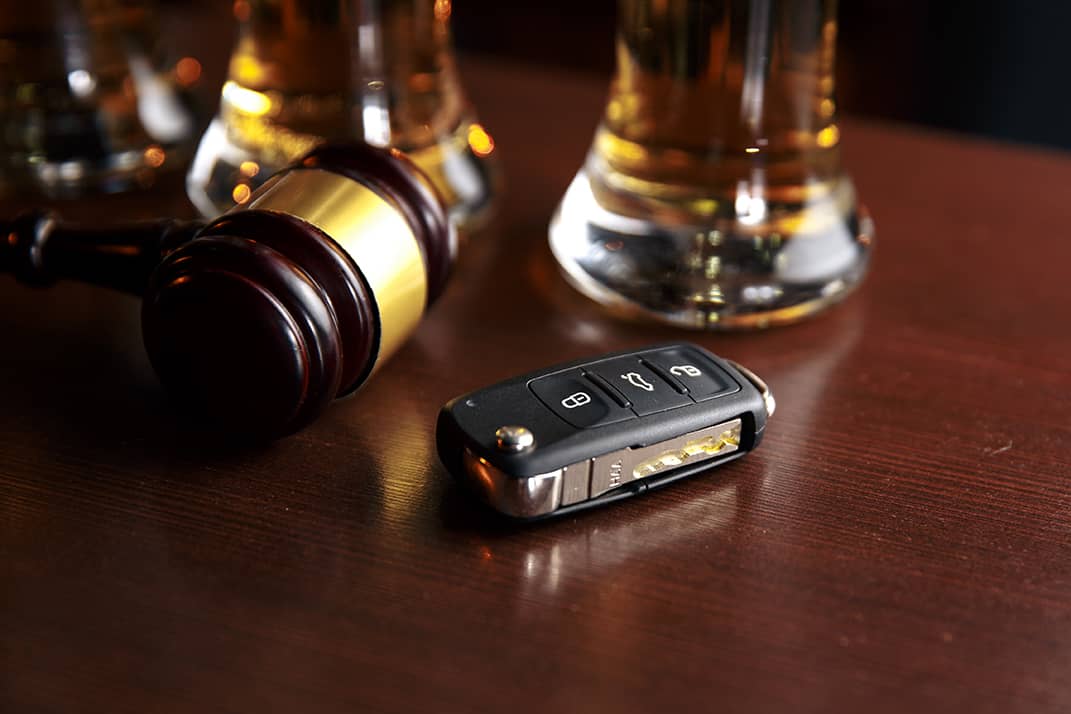
Texas is one of the 50 states that passed legislation to deter Driving While Intoxicated (DWI) offenses. If you are convicted of DWI with a Blood Alcohol Content (BAC) of 0.15 or higher, you will be required to install an interlock device on any vehicle you drive. This rule is mandatory for at least half the term of any probation. In addition, if you are on probation for a second DWI, you must have an ignition interlock device installed on any vehicle you drive, regardless of your blood alcohol content (BAC).
Installing an interlock device is one of the less severe and effective measures the courts use to tackle DWI offenses in Texas. The interlock device is intended to stop the ignition process if BAC is detected from a potential driver. A judge presiding over a case will order an Interlock Ignition Device (IID) installation to monitor and rehabilitate DWI offenders.
Let’s explore the court-ordered interlock device.
Is An Interlock Device Mandatory In Texas?
The court will mandate the installation and monitoring of an IID (Interlock Ignition Device) when an offender has a 0.15 BAC level or higher. However, the Texas Department of Transportation has designed deterrent or punitive measures to counter DWI offenses.
Here’s a list of the provisions you need to be aware of:
- Any DWI offender must install IID as a bond condition or during probation in line with the judge’s order.
- First-time offenders under 21 years must install IID devices when the BAC levels are 0.15 or higher.
- If an IID device is part of the bond condition, it must remain in place until case disposition. Nonetheless, the offender can request the court for permission to uninstall the device before completion of the matter. On the other hand, offenders must keep the IID until they meet the courts’ requirements. In some states, the court can require the offender to keep the IID for an extended period— In Texas, a compliance-based removal rule is not in place.
According to the National Institute of Health, Interlock devices resulted in 15% fewer alcohol-related crash fatalities. The device is, therefore, a positive addition to public safety. In Texas, as an offender, under the IID requirement, you should maintain a BAC of below 0.03 to pass the test.
How Long Does A DWI Driver Need to Have an Interlock Device?
The amount of time you’ll require to have the device installed depends on the ruling issued by the judge. The courts rule based on the Administrative License Revocation Procedures. As such, the directive to install an IID can be a combination of fine, license revocation, or a jail term.
Here’s a breakdown for a better understanding:
- First Offense/ Misdemeanor: The penalties of first-time offenders include spending 72 hours to 180 days in jail, 90 days to a year license suspension, and fines up to $4,000. The general rule requires offenders to have the device in place not less than 50% of the supervision period. The time frame should therefore be 90 days to a year as per the varying suspension period.
- Second Offense: Repeat offenders can get a sentence ranging from 30 days to 1 year in jail and license suspension running from 1 year to 2 years. Offenders must pay fines up to $1500 for three years or risk losing their driver’s license. That said, the period to have the interlock device can range from 1-2 years in the duration of license suspension.
- Third-time and Subsequent Offenders: They attract a $10,000 fine or a jail time of 2 to 10 years at this level. Alternatively, the court can suspend your license for 1-2 years which is also the timeframe for IID installation.
A point to note: A judge’s discretion relies on the law provision, which states that an IID device should remain in place for at least 50% of the suspension period.
How Much Does an Interlock Device Cost and Who Pays for It?
As the offender, you’re required to bear the cost of installation, monitoring, and repair. It’s also worth noting that only approved vendors can provide the services. On average, your ignition interlock device can cost between $70 to $150 for an individual device. Other recurring expenses like a monthly calibration and monitoring check take an extra $60 to $80 per month during your restriction period.
Which BAC Level Fails To Unlock The Device?
The interlock device is connected to the ignition system, which fails to start when you have a detectable amount of alcohol in your body. In this case, if a BAC level of 0.03% or higher is detected, that interlock blow is a fail, and the car does not start. The system allows you to present a fresh sample after several minutes. Several failed attempts can extend the lock period of the ignition system.
While driving, the interlock system prompts you to record BAC levels in pre-programmed intervals. If you fail the test, the system doesn’t stop the engine but keeps records of violations.
Closing Thoughts
Driving While Intoxicated(DWI) attracts several penalties ranging from a jail term, fines, license suspension, or revocation. These measures are costly to your freedom, finances, and relationships.
That said, a competent attorney can help you avoid extreme penalties like conviction if you’re facing DWI charges. Most importantly, do not delay getting help. At Stephen T Bowling: DWI and Criminal Defense Attorneys, our lawyers are well-versed in handling DWI cases, and they will ensure you get the best outcome depending on your situation. Contact us today to get legal support.
